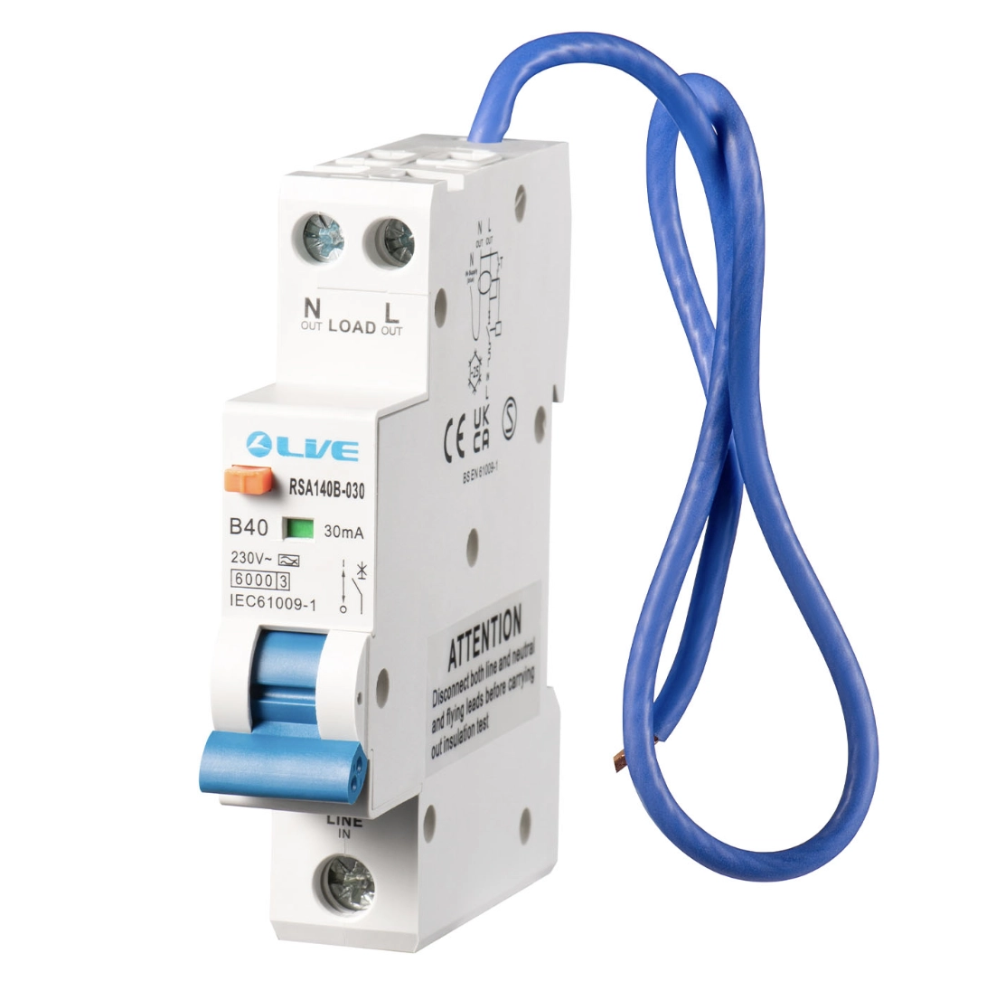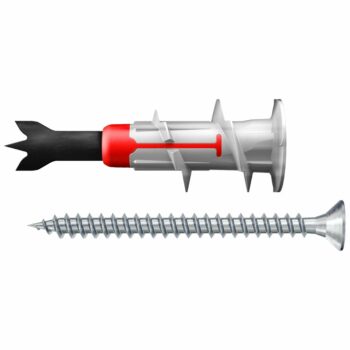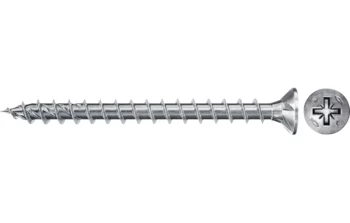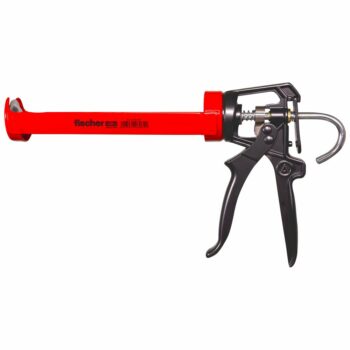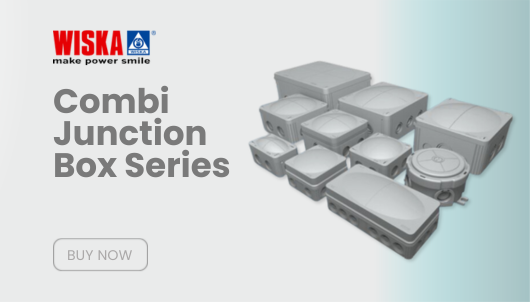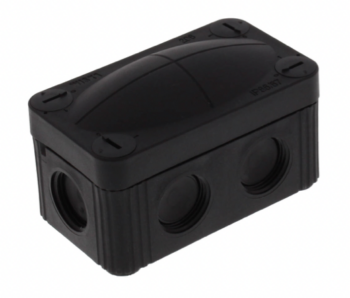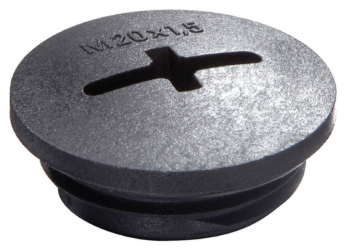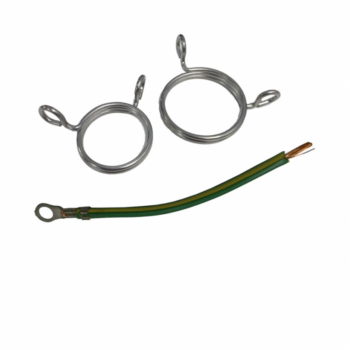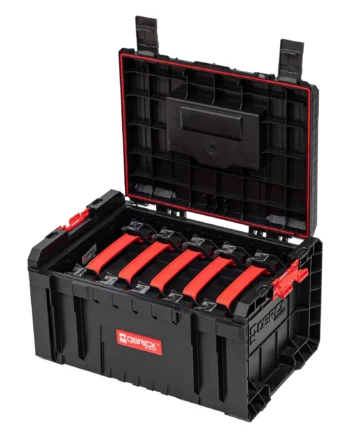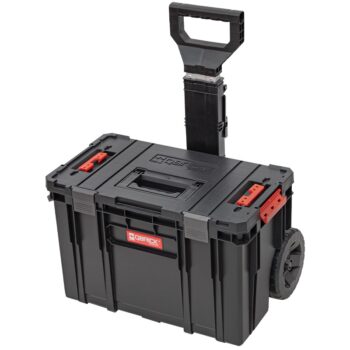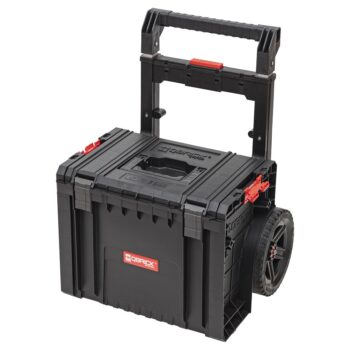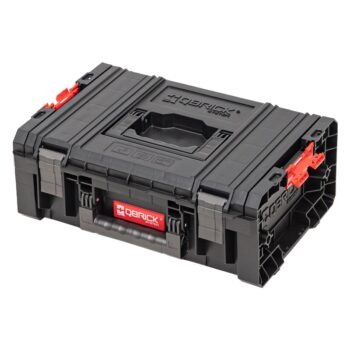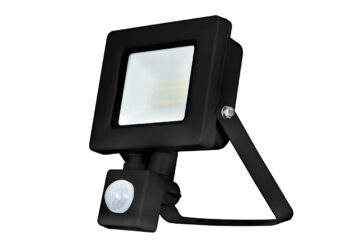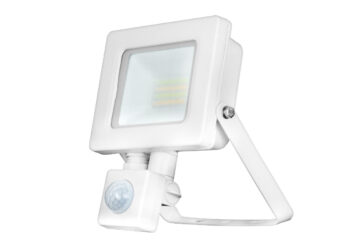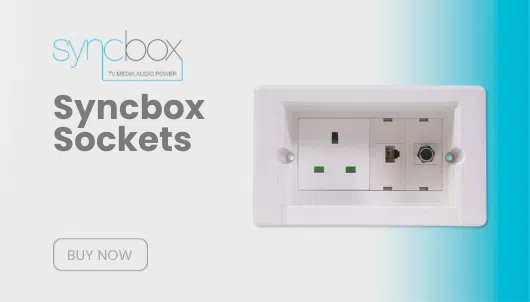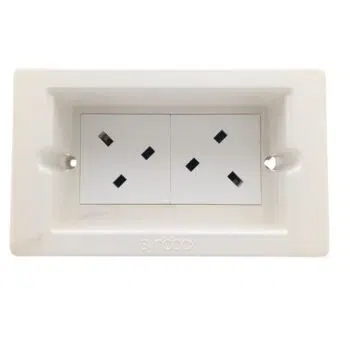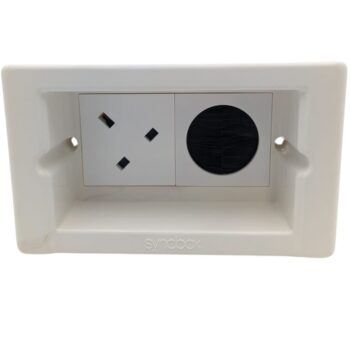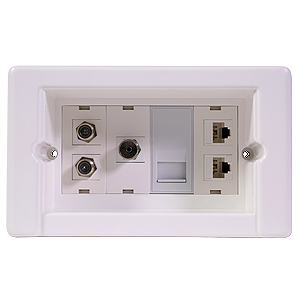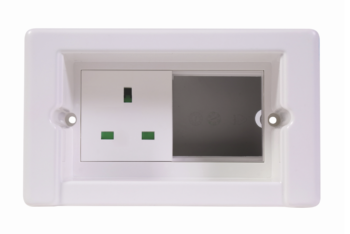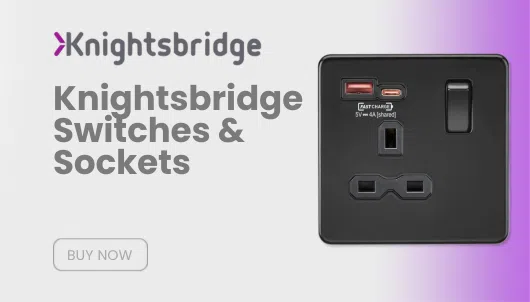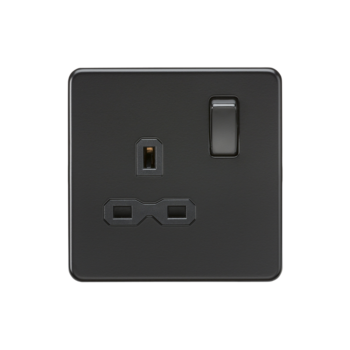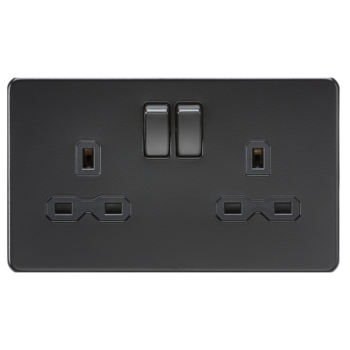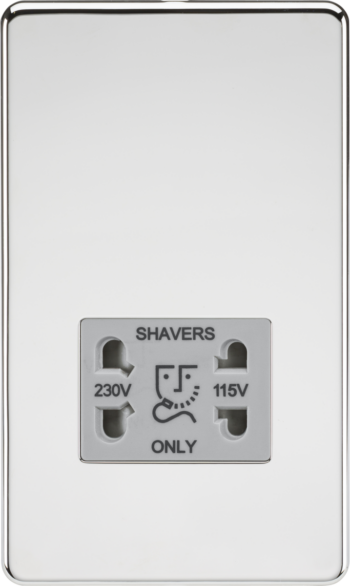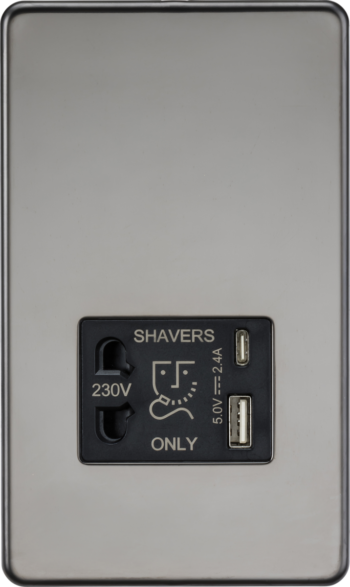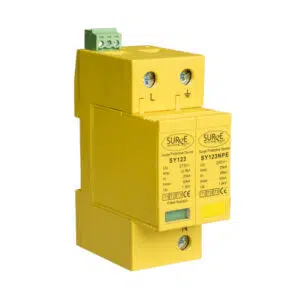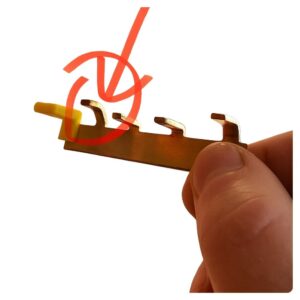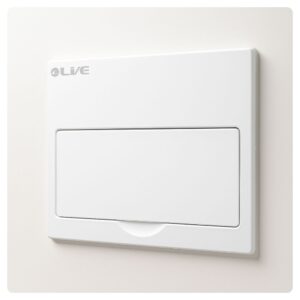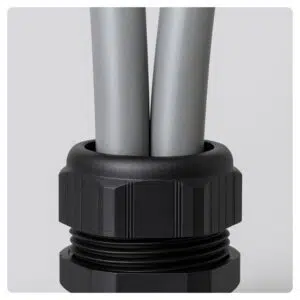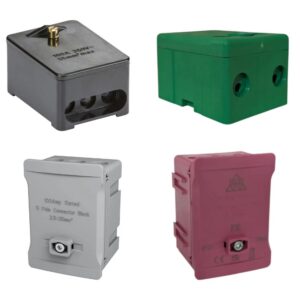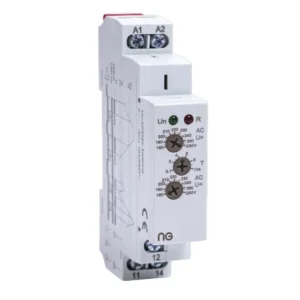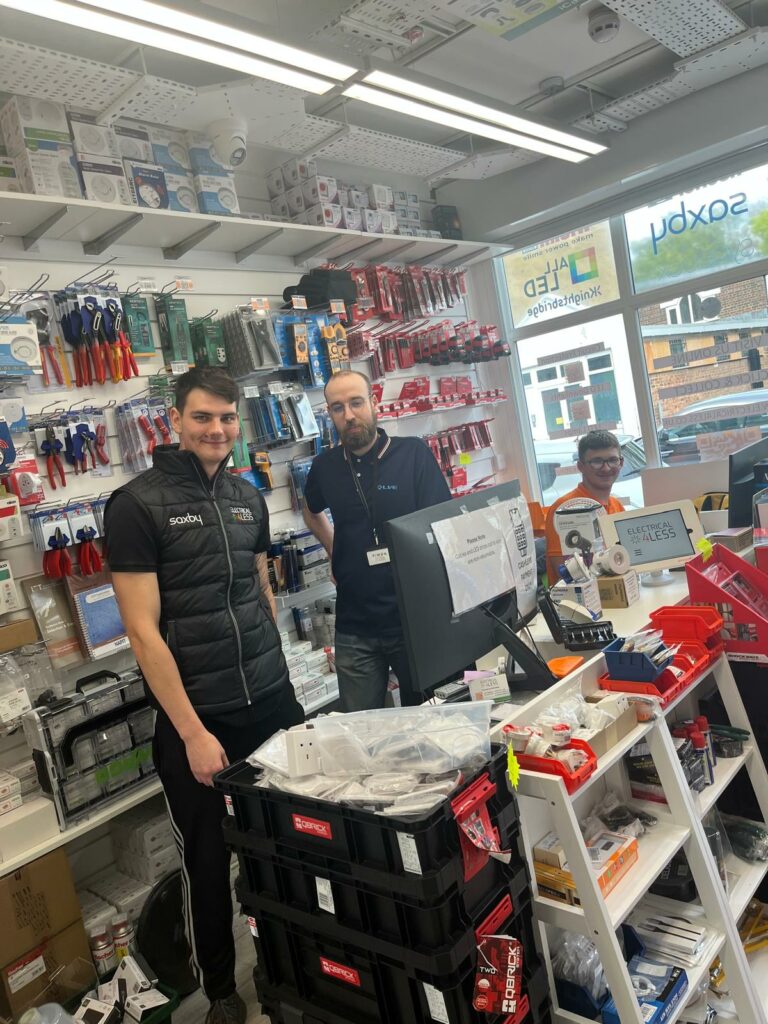A Complete Guide To Live Electrical RCBOs
Table of contents
- A Complete Guide To Live Electrical RCBOs
- 1. Introduction to Live Electrical RCBOs
- 2. What is an RCBO and How Does It Work?
- 3. The Importance of RCBOs in Modern Electrical Systems
- 4. Types of RCBOs
- 5. Understanding RCBO Curves: Type B, C, and D
- 6. Standard vs. Miniature RCBOs
- 7. The Rise of Miniature RCBOs: Benefits for Installers
- 8. Innovative Technology in RCBOs: Bidirectional RCBOs
- 9. Type A RCBOs: A Deep Dive
- 10. RCBO Compliance and Regulations in the UK
- 11. Installation Best Practices
- 12. Conclusion
- 13. FAQs on Live Electrical RCBOs
1. Introduction to Live Electrical RCBOs
As electricity flows through our homes and businesses, ensuring the safety and reliability of that power is crucial. The Live Electrical RCBO combines the essential functions of circuit breakers and residual current devices in one, protecting against both overloads and earth faults. This guide will explore the essentials of Live Electrical RCBOs, covering everything from functionality to types, practical applications, and benefits for both installers and end-users.
2. What is an RCBO and How Does It Work?
An RCBO (Residual Current Circuit Breaker with Overload Protection) is a device designed to enhance safety by protecting electrical circuits from two main issues:
- Overloads and Short Circuits: RCBOs prevent wiring from overheating by tripping the circuit when the load exceeds safe levels, much like an MCB.
- Earth Leakage or Fault Currents: By detecting small leakage currents to the earth, RCBOs help prevent shocks and protect users from potentially fatal electric shocks.
3. The Importance of RCBOs in Modern Electrical Systems
RCBOs are critical in today’s electrical setups, as they not only protect appliances and wiring but also ensure user safety by detecting faults early. Given the higher demand for electrical power in homes and workplaces, RCBOs help maintain both operational efficiency and peace of mind. RCBOs also meet UK standards under BS 7671 regulations, making them essential for compliant installations.
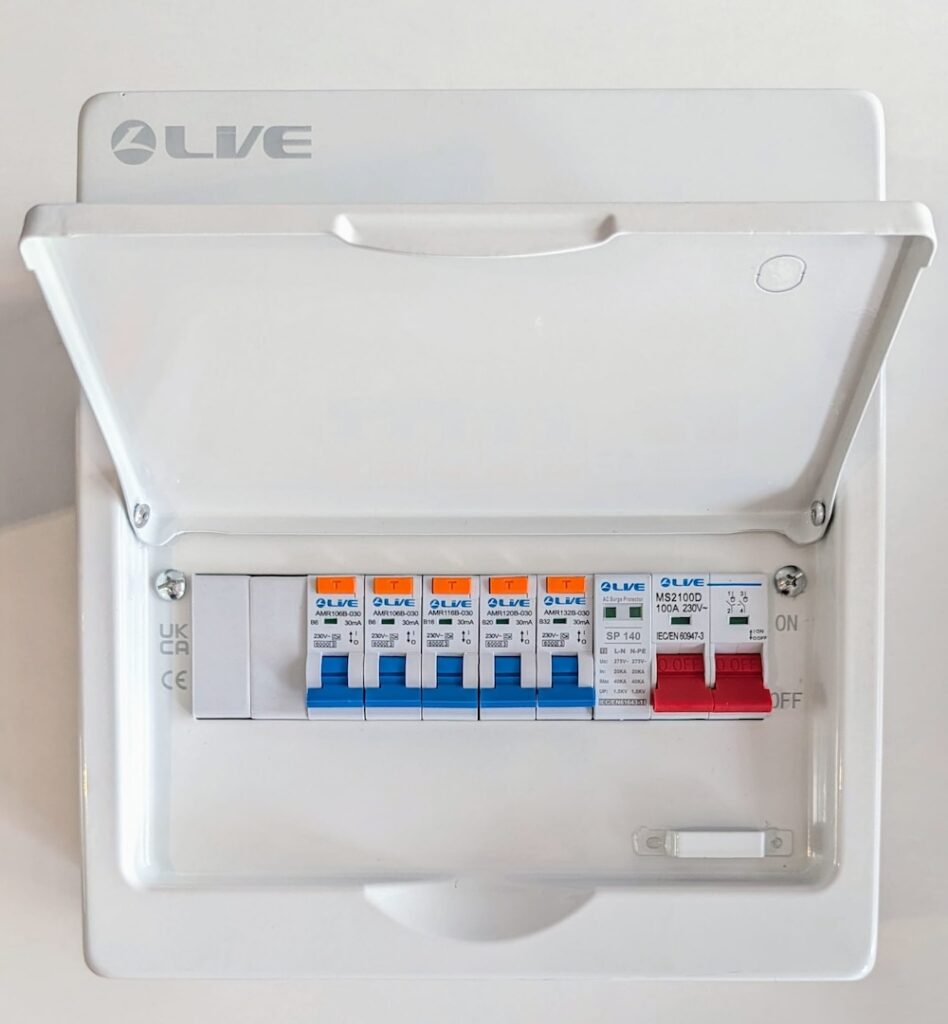
4. Types of RCBOs
Different applications demand various types of RCBOs, each suited to unique environments and electrical loads.
Domestic RCBOs
Domestic RCBOs are used primarily in residential settings, where power loads are typically lower than in commercial applications. These RCBOs are designed to handle typical household circuits, providing an extra layer of safety against overcurrent and fault currents in settings with sensitive equipment or appliances.
Commercial RCBOs
Commercial RCBOs, on the other hand, are built for robustness. They handle higher power loads and withstand the demands of more intensive electrical systems found in offices, warehouses, and other large facilities. These RCBOs are often rated with curves better suited to withstand transient spikes in commercial environments.
5. Understanding RCBO Curves: Type B, C, and D
RCBOs come with specific trip curves (B, C, and D), which define their response to overcurrents. Selecting the correct curve ensures optimum protection without unnecessary tripping:
- Type B Curve: Ideal for residential use, as it trips at lower current spikes, protecting sensitive circuits in homes.
- Type C Curve: A middle ground, better suited for light commercial applications with moderate inrush currents, such as lighting and air conditioning systems.
- Type D Curve: Suited for heavy-duty commercial applications, where high inrush currents are typical. Type D RCBOs prevent nuisance trips in high-load industrial settings.
Each curve is chosen based on the equipment connected to the circuit, ensuring efficiency and safety.
6. Standard vs. Miniature RCBOs
Standard-sized RCBOs are widely used but can be bulky, taking up significant space in consumer units. They provide excellent functionality but may crowd limited spaces, especially in consumer units with multiple circuits.
Miniature RCBOs (Mini RCBOs), on the other hand, have been developed to be more compact. They’re easier to install in space-restricted areas, fitting neatly into consumer units. The compact nature of miniature RCBOs also allows for a more organized installation, enabling electricians to work efficiently in limited spaces.
7. The Rise of Miniature RCBOs: Benefits for Installers
Mini RCBOs are gaining popularity among installers for several reasons:
- Space-Saving Design: These compact units reduce crowding in consumer units.
- Ease of Installation: The smaller size allows electricians to install multiple RCBOs quickly, even in compact panels.
- Enhanced Flexibility: With more room in the consumer unit, additional circuits can be easily added or managed, making future upgrades simpler.
8. Innovative Technology in RCBOs: Bidirectional RCBOs
The latest advancement in RCBO technology is the bidirectional RCBO. Unlike traditional RCBOs, which operate in a single direction, bidirectional RCBOs detect faults from both directions. This added layer of protection is especially beneficial in setups involving renewable energy sources, where power may flow both ways through a circuit. (Stay tuned for an in-depth article on this exciting new technology!)
9. Type A RCBOs: A Deep Dive
Type A RCBOs are specifically designed to detect both AC and pulsating DC residual currents. They’re ideal for circuits with electronic devices, such as computers, that might generate DC components. The rise in digital appliances has made Type A RCBOs highly relevant in both domestic and commercial setups.
Benefits of Type A RCBOs:
- Enhanced Detection: Detects AC and pulsating DC fault currents, offering better protection for sensitive electronics.
- Versatile Application: Suitable for modern homes and offices with computers, TVs, and other digital appliances.
Type A RCBOs offer a high level of protection, especially in areas with mixed electrical loads that include DC components, making them increasingly popular in modern installations.
10. RCBO Compliance and Regulations in the UK
In the UK, BS 7671 (IET Wiring Regulations) mandates the use of RCBOs or other protective devices in electrical installations. This ensures circuits are protected from overloads and ground faults, a requirement for compliant and safe installations. Choosing the correct RCBO type and curve for each circuit is essential to meet these regulations.
11. Installation Best Practices
Installing RCBOs requires careful attention to circuit type, load, and curve rating. For optimal safety and efficiency, installations should always be conducted by licensed electricians who can assess the appropriate RCBOs for each circuit.
12. Conclusion
Live Electrical RCBOs provide reliable, modern protection by combining overcurrent and earth fault detection in one device. With types suited for both domestic and commercial settings, an array of trip curves, and newer technologies like mini and bidirectional RCBOs, they meet the needs of varied installations.
See the full range of these products here!
13. FAQs on Live Electrical RCBOs
An RCBO is a device that combines overcurrent protection with earth fault detection.
While an MCB protects only against overcurrent, an RCBO offers additional protection against earth leakage.
Type A RCBOs detect both AC and pulsating DC currents, making them more versatile than Type AC.
Miniature RCBOs are compact and fit easily into limited spaces, making them ideal for modern consumer units.
Trip curves determine the sensitivity of an RCBO to inrush currents, helping avoid nuisance trips.
Yes, they provide additional safety by detecting faults in both directions.

